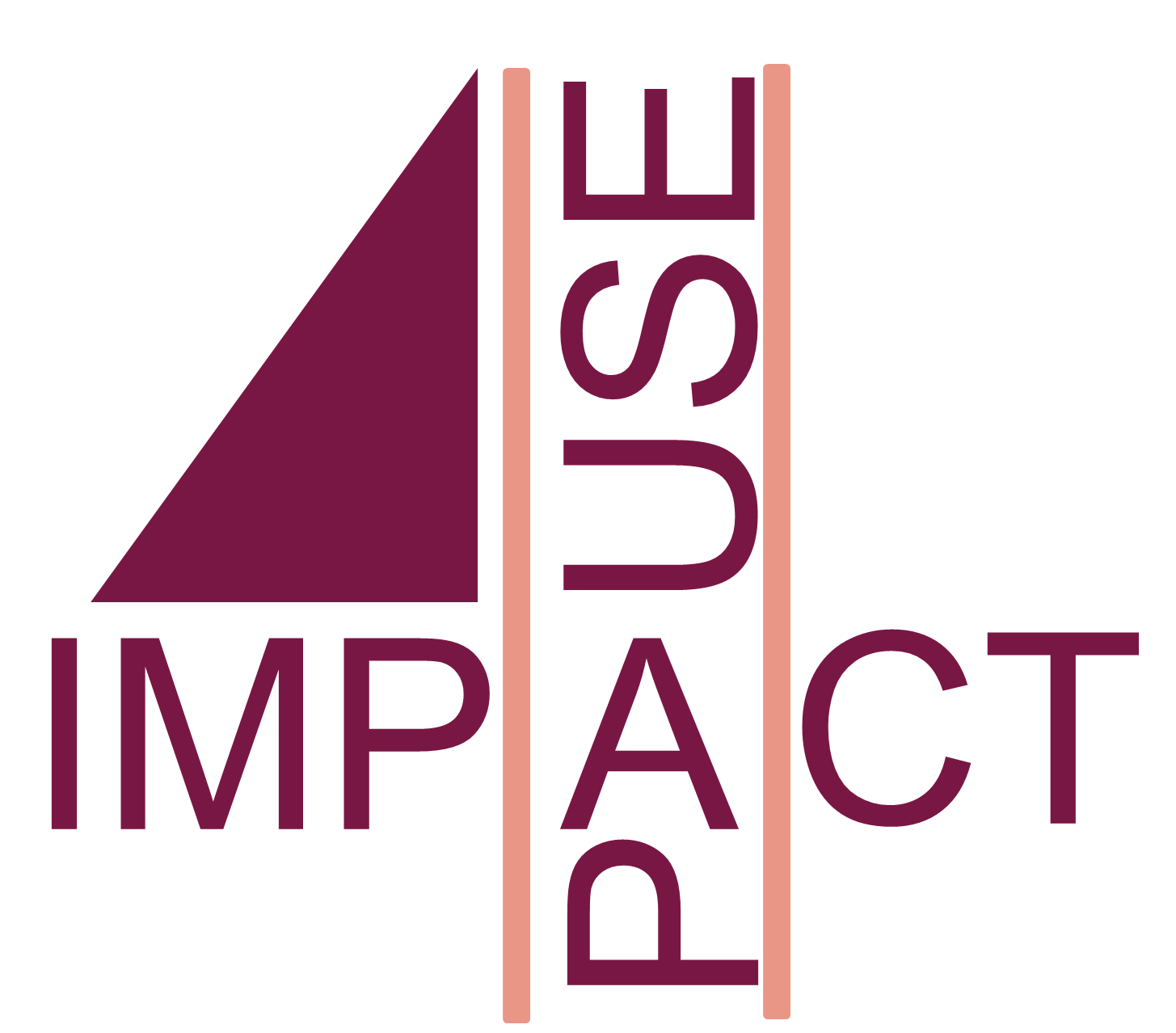Culture | Strategy | Change Management | Growth
Workplace Transformations
-
The Three Guiding Principles
Identifying organisational truths
Leader buy-in
Alignment of behaviors and beliefs
If you were to ask a number of your employees to describe your organisation’s culture in five words, would their lists be consistent? It’s an exercise worth trying, and if your workplace is typical in this regard, then the results will likely be all over the place.
Too often the "values" are merely words on the website, the "culture" tends to be experienced differently, depending on the role and level of the person. Why? Because if your people can’t name the values that drive the culture, how can they collectively live them?
Organisations that invest time and energy into establishing clarity around this subject create an intentional culture. An intentional culture continuously aligns and regulates an organization’s values, beliefs and behaviors in support of the business strategy.
Organisations that are purposeful about this culture/strategy dynamic routinely outperform their competition that lack focus in this area.
Furthermore, an intentional culture is incredibly important for companies, because once established, it will also attract and retain amazing talent and create an environment for increased employee engagement and high morale.
Identifying Organisational Truths
What are your organizational truths? For example, how do your colleagues treat one another, formally or informally?… Organisations have a vibe, a brand (internally and externally) and shared beliefs. Sometimes the trickiest part of your organisational truths is simply identifying them.
Often, people think of culture as something that is intangible and impossible to define. The leaders of an organization may see the culture through a completely different lens than the employees. (It is critical) to make sure that the organizational truths are consistent throughout, (they need to be) defined and measured (and ensure) you have a true understanding of how your culture is experienced both internally by your people and externally.
Leader Buy-In
It is not uncommon for HR to “own the culture,” and at first glance, that makes sense. They are tasked with ensuring annual reviews are conducted, lead training sessions and often receive feedback from employees about problem areas within the organization. However, senior leadership creates the culture, with the CEO leading the way. They may do so unintentionally, but their actions are watched, analyzed and emulated throughout the organization.
In fact, leadership will either be the organization’s number one enabler of cultural health or its chief saboteur. When leaders invest in the creation of a strong cultural identity, the organization flows with clarity and purpose. With leader buy-in, an organization will accomplish great things very quickly. Without leader buy-in, the culture becomes a compellation of competing interests, siloed by departments vying for influence and resources.
Alignment Of Behaviors And Beliefs
Once an organization knows what it believes culturally, it needs to make sure that its beliefs are aligned with its behaviors. The biggest problem we see with organizations is that its leaders have beliefs about their organization that aren’t shown through the behaviors of the employees… The worst part is that when behaviors and beliefs are not aligned, a distortion of reality is created.
Once the leaders are committed to creating an intentional culture, it is then important to create employee buy-in. This can be accomplished by forming a “culture committee” and even by “certifying” culture champions throughout the organization. This drives peer-to-peer accountability and ensures alignment of the leader’s beliefs and the actual behaviors demonstrated at all levels in the organization.
While every organisation has a culture, organisations need to recognise the importance of an intentional culture. Once they understand the three guiding principles of creating an intentional culture, they will become significantly more successful. When all of these principles come together, an organisation will move from being aspirational to being purposeful, resulting in happy and engaged employees, (improved results and greater income)
POST WRITTEN BY
Dave Fechtman, cited in Forbes Business Magazine 2018
CEO of Velocity Advisory Group helping organizations reach their potential through executive, smart strategy & leadership development.
learn more out how PAUSE can help
-
This section of our website is Under Construction. Please contact us, to discuss any questions you may have about how PAUSE may be able to assist you, your teams and your organisation.
-
Including capacity building, Difficult Conversations, and Performance Improvement
This section of our website is Under Construction. Please contact us, to discuss any questions you may have about how PAUSE may be able to assist you, your teams and your organisation.
-
This section of our website is Under Construction. Please contact us, to discuss any questions you may have about how PAUSE may be able to assist you, your teams and your organisation.
-
This section of our website is Under Construction. Please contact us, to discuss any questions you may have about how PAUSE may be able to assist you, your teams and your organisation.
learn more about how we practice at PAUSE
-
This section of our website is Under Construction. Please contact us, and we can answer any questions you may have about how PAUSE may be able to assist you.
-
This section of our website is Under Construction. Please contact us, to discuss any questions you may have about how PAUSE may be able to assist you, your teams and your organisation.
-
This section of our website is Under Construction. Please contact us, to discuss any questions you may have about how PAUSE may be able to assist you, your teams and your organisation.
-
-
This section of our website is Under Construction. Please contact us, to discuss any questions you may have about how PAUSE may be able to assist you, your teams and your organisation.
-
This section of our website is Under Construction. Please contact us, to discuss any questions you may have about how PAUSE may be able to assist you, your teams and your organisation.
Organisations go through many changes, and most are not innately bad.
While they can be stressful, it can be positive stress, and change becomes an opportunity to:
pause, review, & assess…
what is working, what isn’t, what is missing, & what isn’t making a proportionate return on investment.
Yes, there might be some tough decisions for the executive group, and individuals along the way, but often the benefits are huge, and how the process is planned, designed and facilitated will make all the difference. It is therefore critical to do it well.
PAUSE can help.
Often leaders, and teams within organisations have many ideas and skills. Putting them into action, for quick wins and sustained success can be a challenge, that is made much easier- genuinely doable- with a little support, with an alternative or refreshed perspective.
Whichever step you may have reached, whatever the next leap needed, PAUSE- how can we help?

What is Organisational Development?
A planned and systemic
change effort
using organisation theory & behavioural science,
knowledge and skills
to help organisations become more
vital & sustainable
(McLean, 2005).
Organisational Development- creating the workplace environment for success to thrive.
-

Why Organisational Development?
Organisational Development (OD) is about improving efficiency and productivity in the workplace.
Effective organisational development processes assist you to solve problems within your company and help analyse ways to find more efficient ways of doing things.
It can be hard for anyone to accept change but when there is an effective OD process in the workplace, employees will come together throughout the process, and eventually feel the benefits of the change.
Done well, not only will the benefits be felt eventually, your workplace will thrive throughout the process, because of the process.
-

The Benefits
An Organisational Development approach supports the development of a culture, that underpins:
1. Problem solving- improved innovation, collaboration and creativity
2. Workforce- increased capacity, skill development, confidence, initiative, job satisfaction, motivation, retention, & succession
3. Occupational/Work Health and Safety- improved positive interpersonal relationships, communication, burnout prevention, risk management.
4. Outputs- Increased deliverables and KPIs, quality, accountability and transparency
5. Outcomes- increased investment, initiative, participation, intellectual input, defining and achieving organisational goals
-

The Core Values
The practice is grounded in a distinctive set of core values and principles that guide the work:
1. Respect, diversity, and inclusion. These are intentionally built, sought, & celebrated. It is safe to disagree. It is safe.
2. Collaboration. Communication- organisational mechanisms, and individual skills. Win-win-win relationships in the organisation, and with others. Think tanks, ideas banks, working groups, clear roles, and project management
3. Authenticity. People’s behaviours are congruent with stated values
4. Self-awareness. People are committed to developing self-awareness and inter-personal skills. These are invested in by the organisation, and the individuals
5. Empowerment. Focus on helping everyone in the organisation to increase their individual level of autonomy, and sense of personal power and courage, in order to enhance productivity and elevate employee morale
6. Democracy and social justice. Recognising that people will support those things for which they have had a hand in shaping; that human spirit is elevated by pursuing democratic principles.
Community Action
Transformation the community level
Community activism is about people in communities creating opportunities for growth and change and deliberate movement towards a common or shared goal… and, in the process, so increase their critical awareness, knowledge, skills and attitudes.19 Aug 2022 https://cdc.ngo/community-activism/
We are part of a movement. This means we are networked, and you can be part of it.
We intentionally and actively join our voices with others, on issues that matter. We do this because we know that this will bring us collectively closer to social and gender equity.
We recognise we can not do it all, we do not want to, and we can not speak on behalf of all peoples. But we can get behind one another, we can each do our part, and speak out with those who seek to redress discrimination, poor practice, and injustice. We can scale up and out, not in competition, but for the benefit of everyone. Together we can aim for a kinder, fairer, world- equality for all forever.
And we start at “home”, at our own places of work- we start at PAUSE, and can join with you. Get in touch. Let us know how we may be able to stand behind you, to add our impact to your vision, and together get closer to equity for all.





